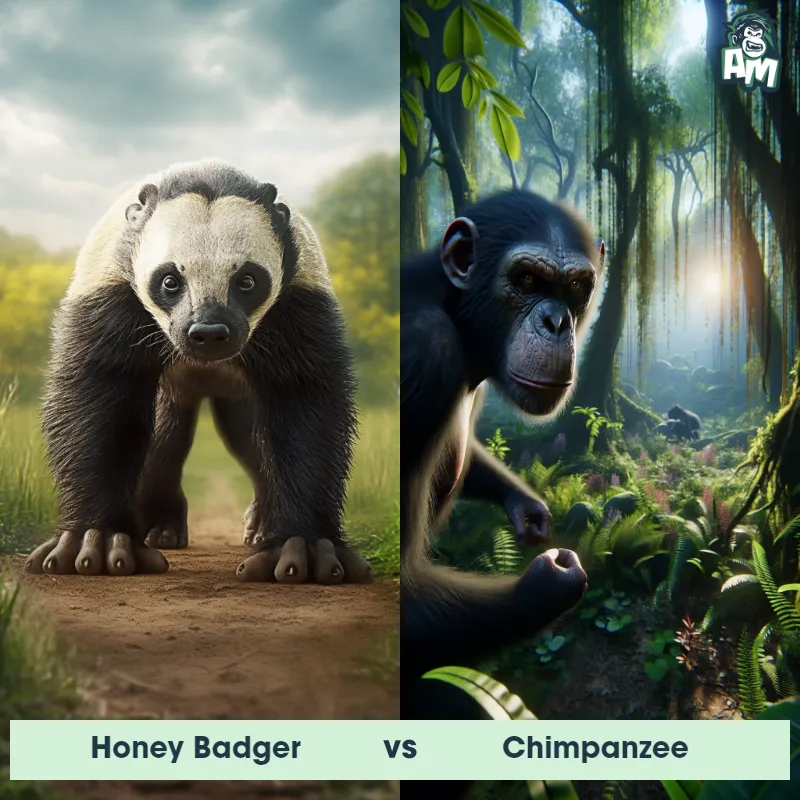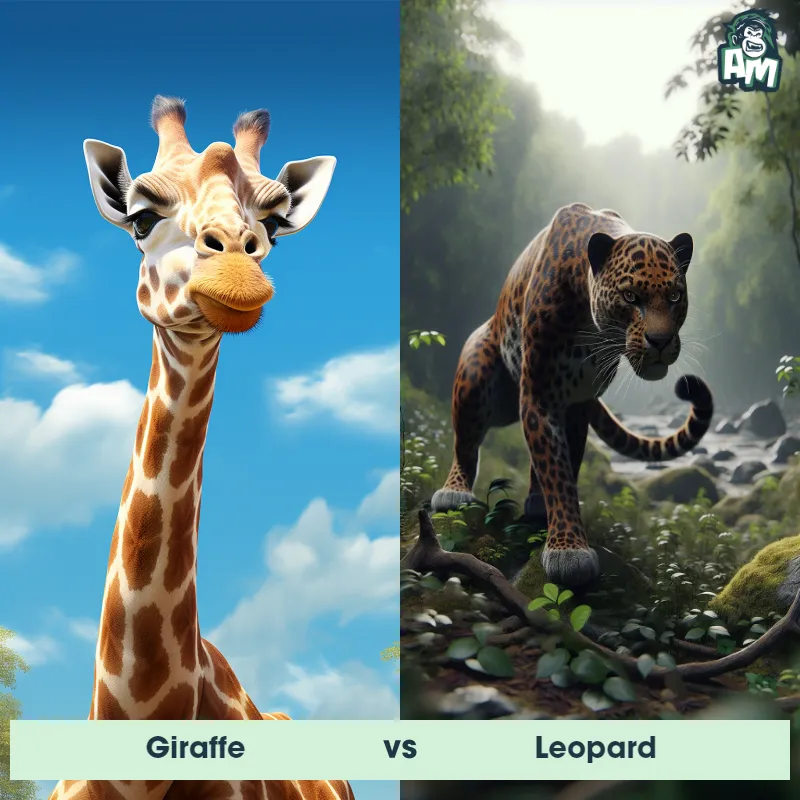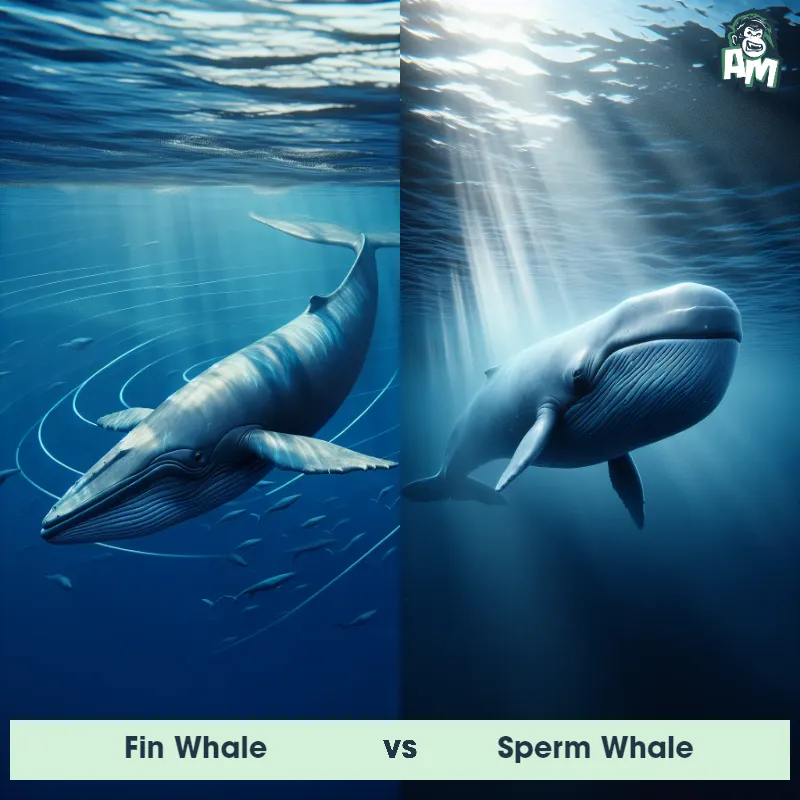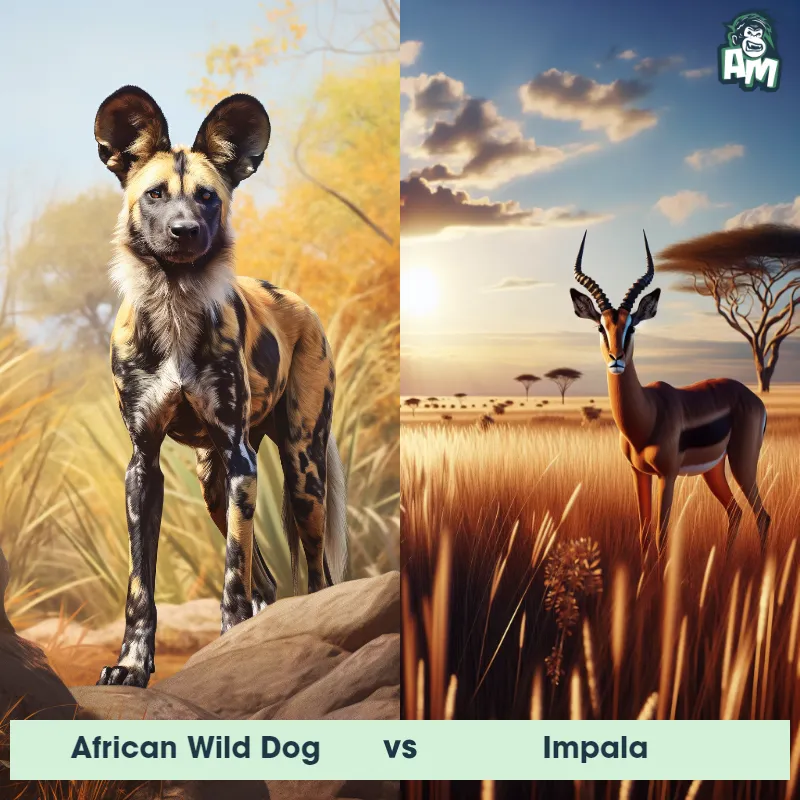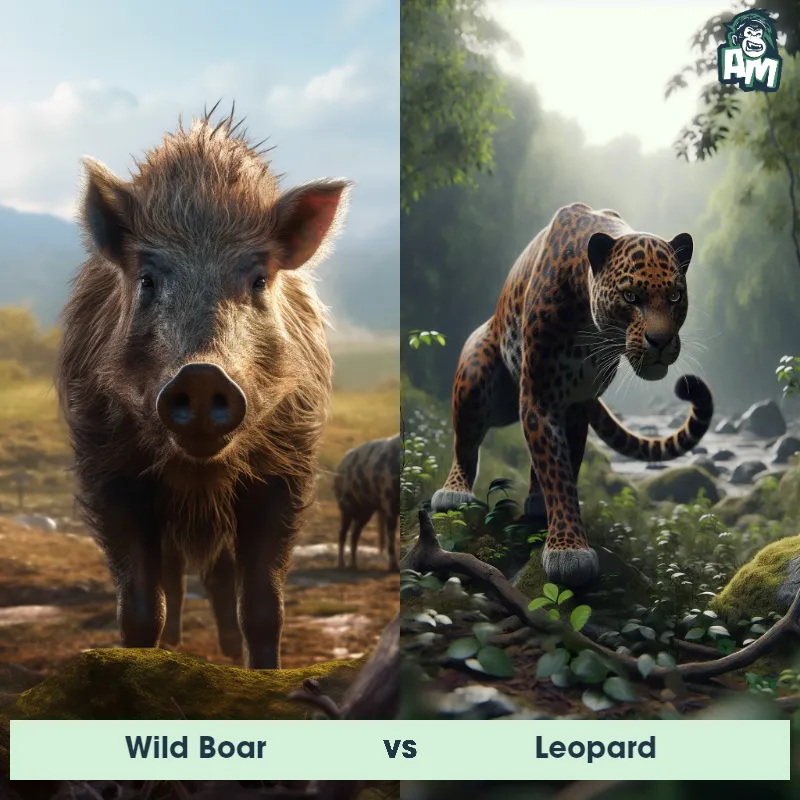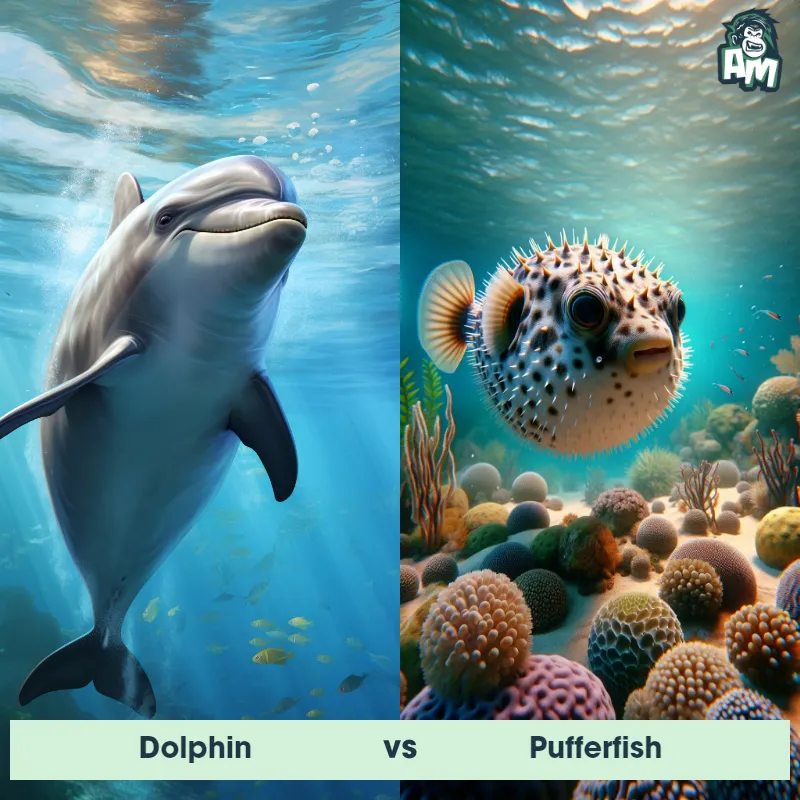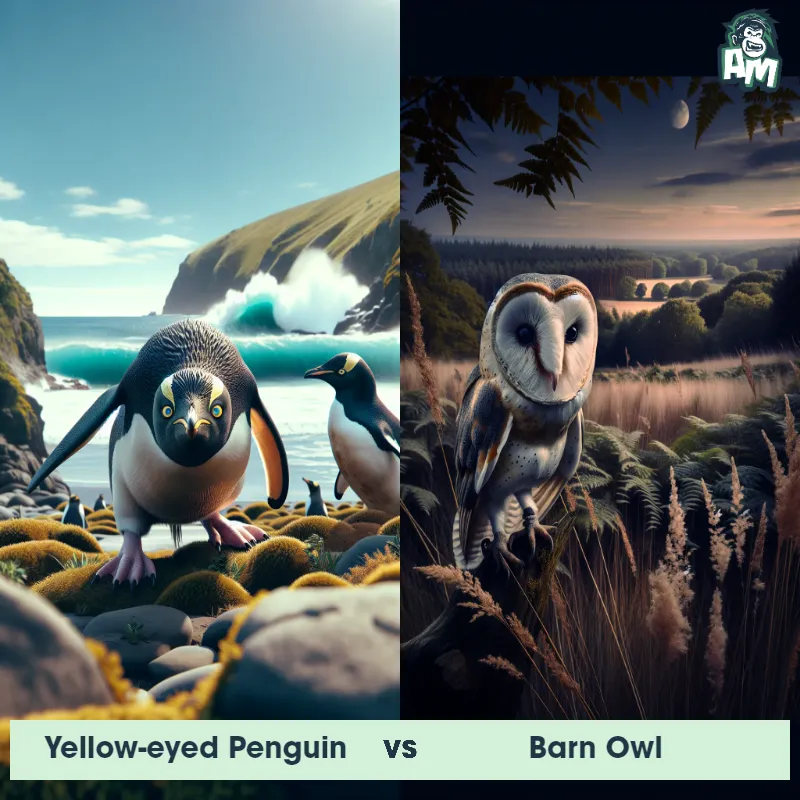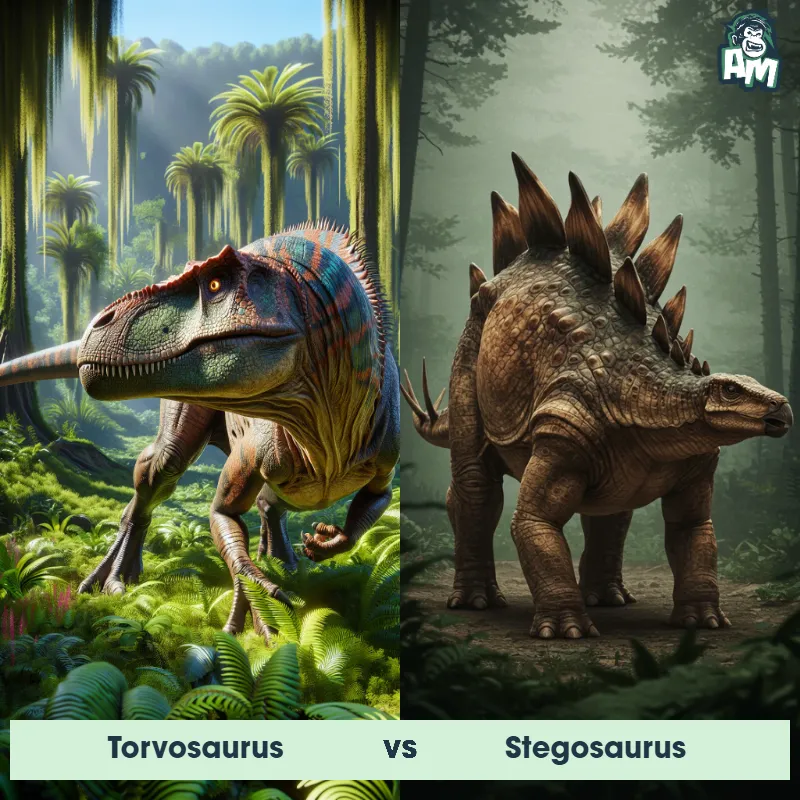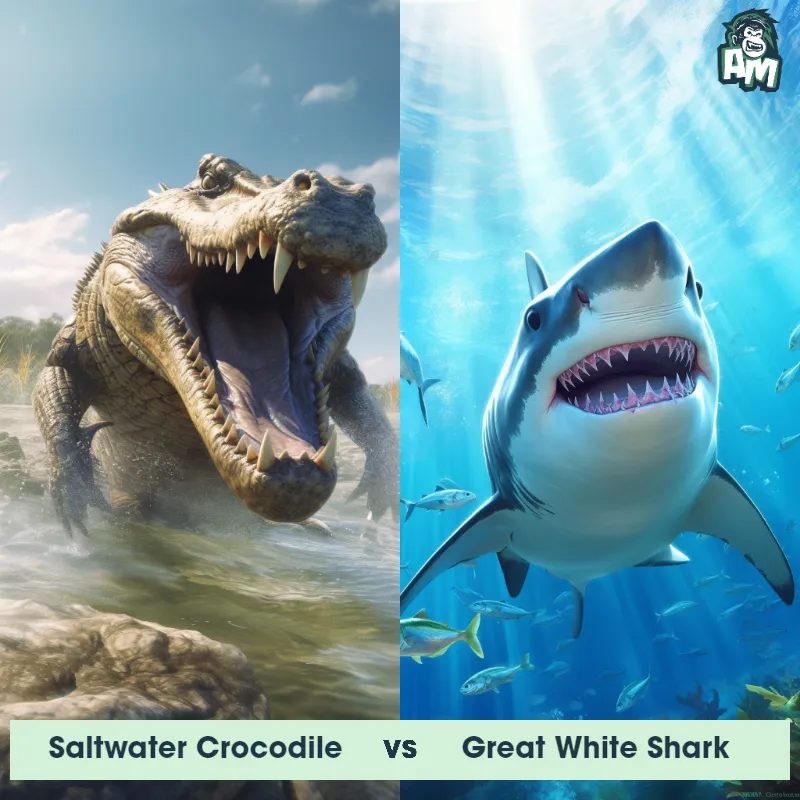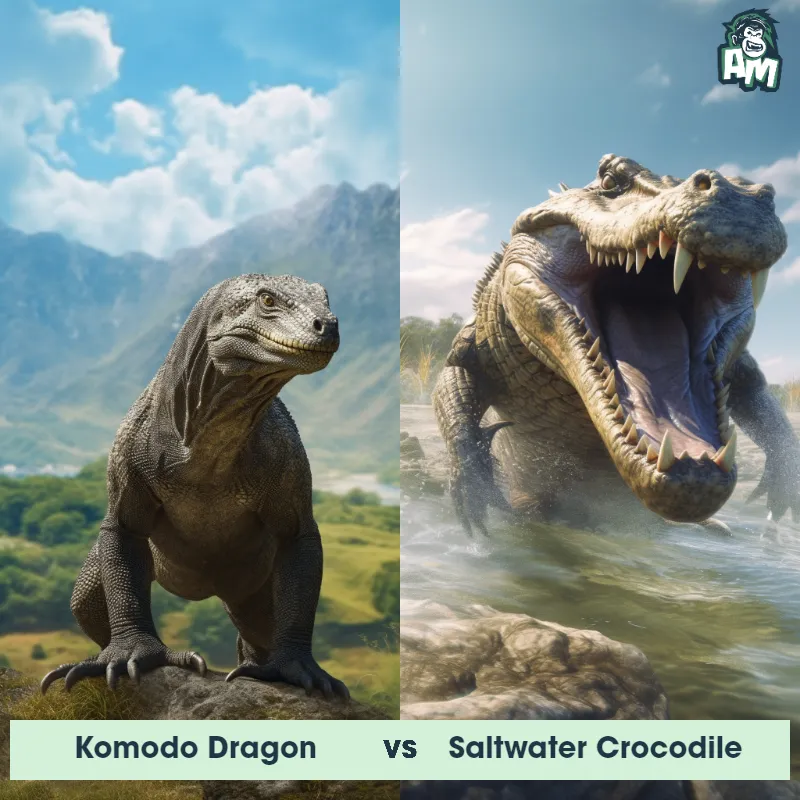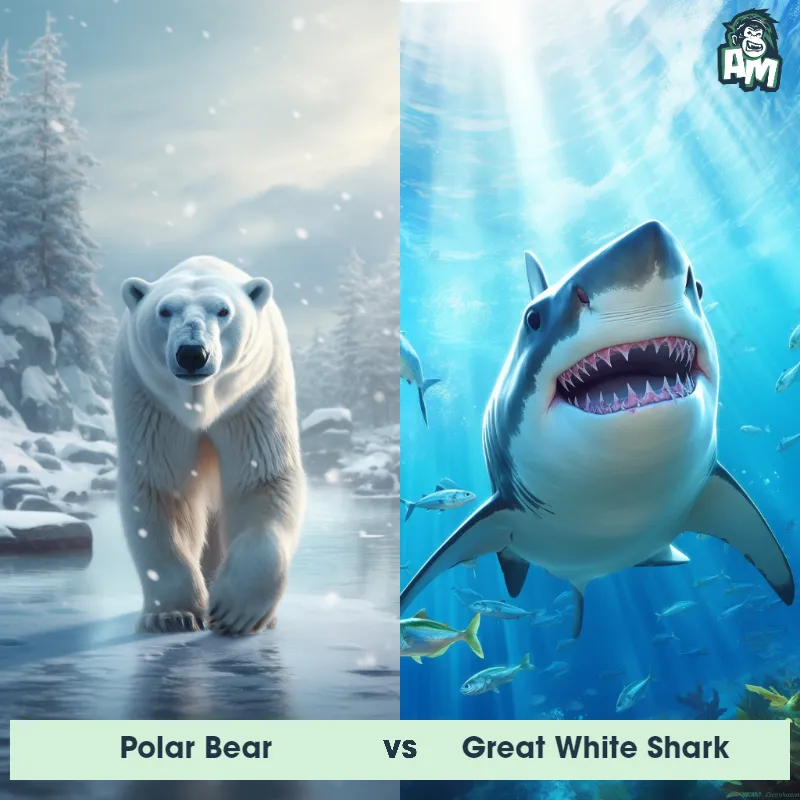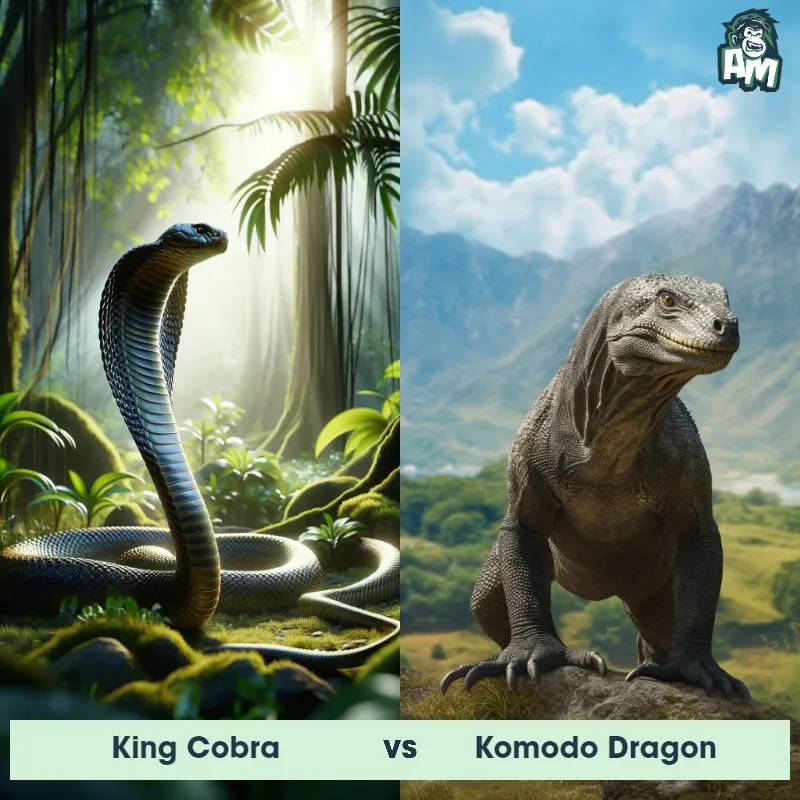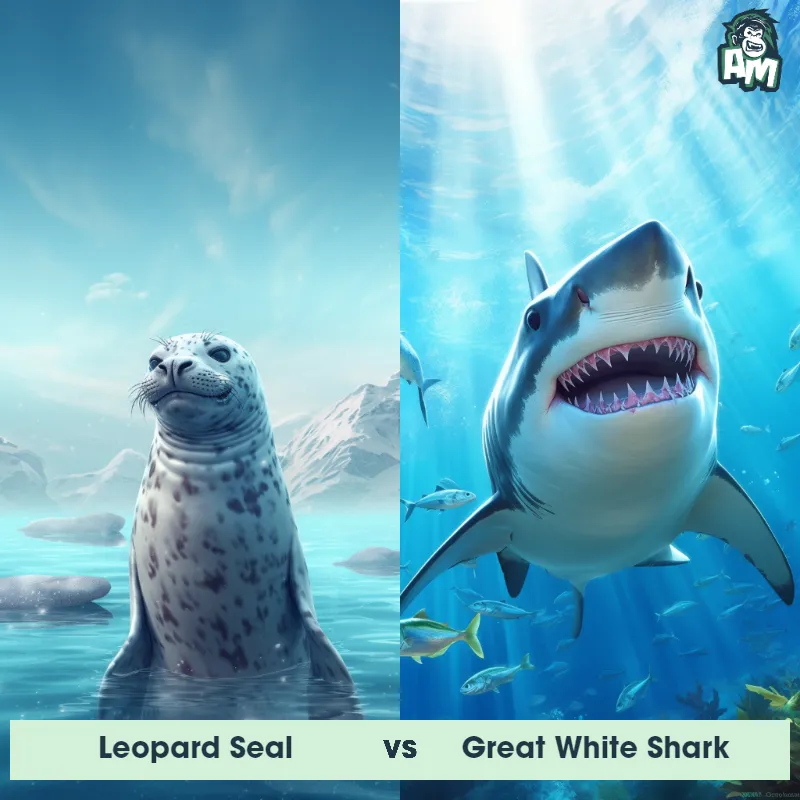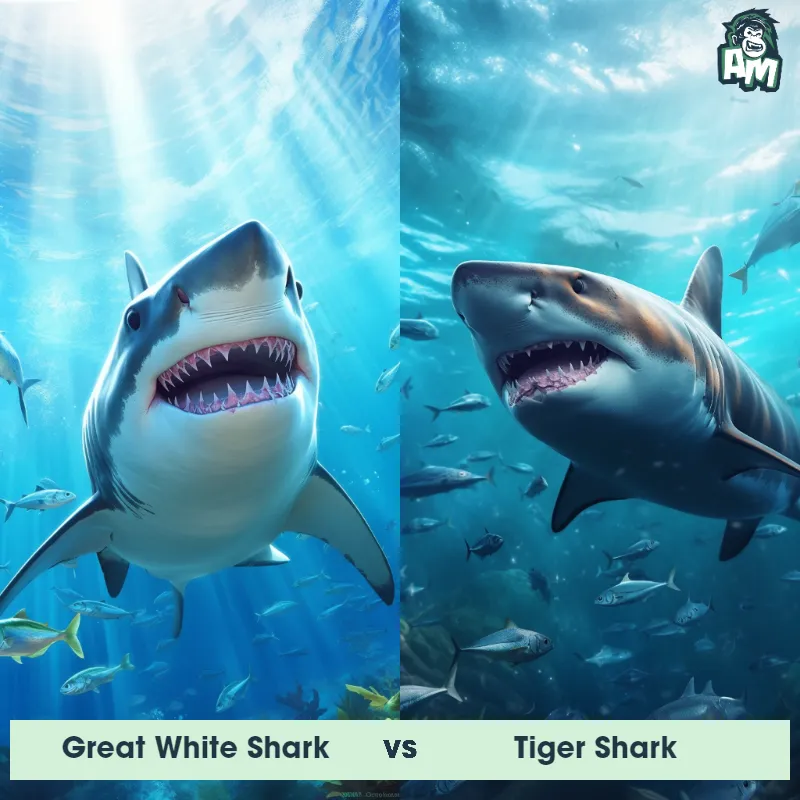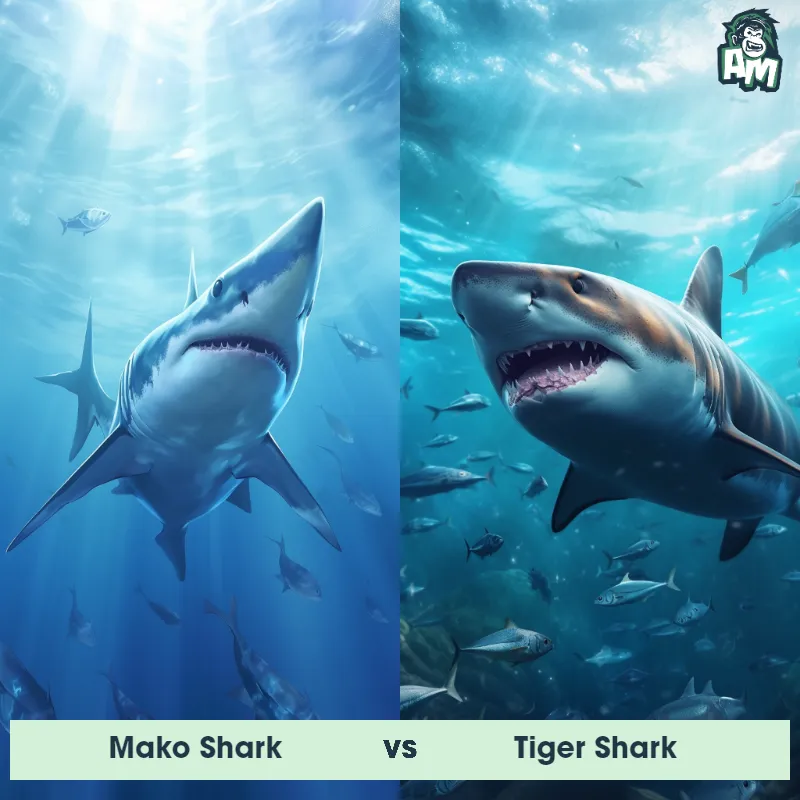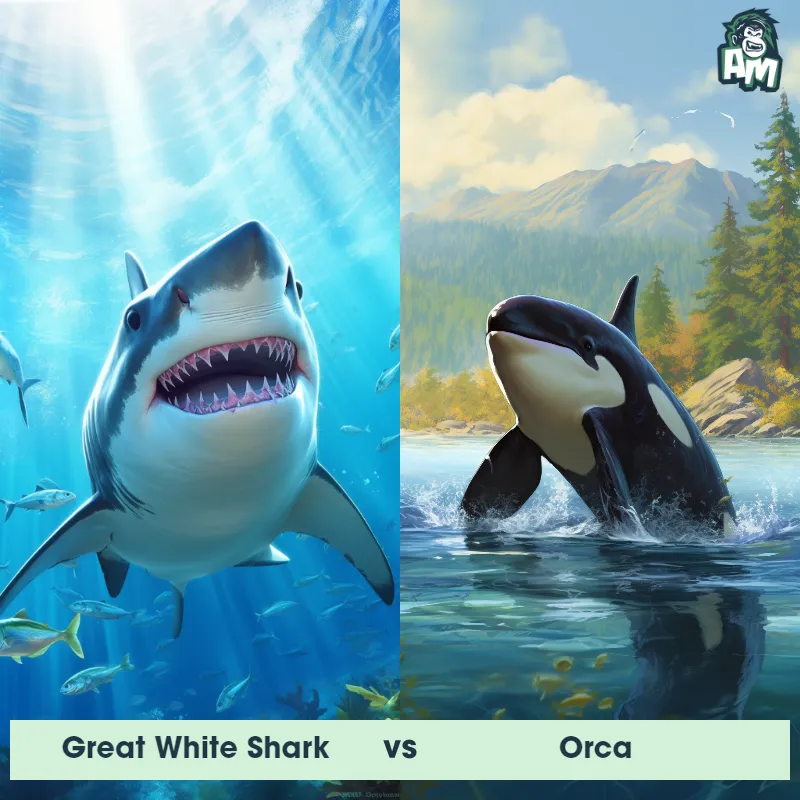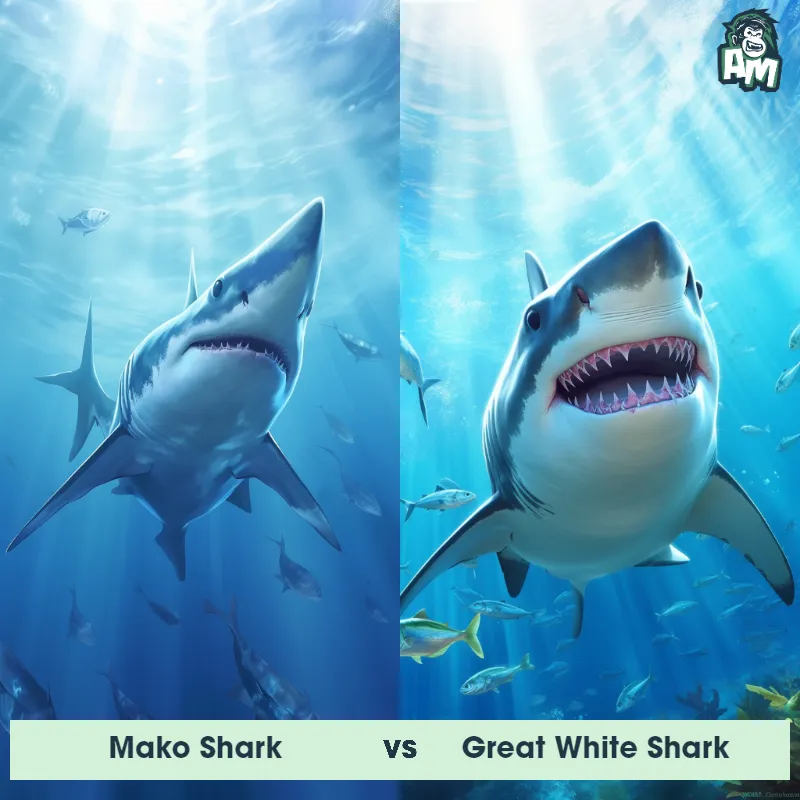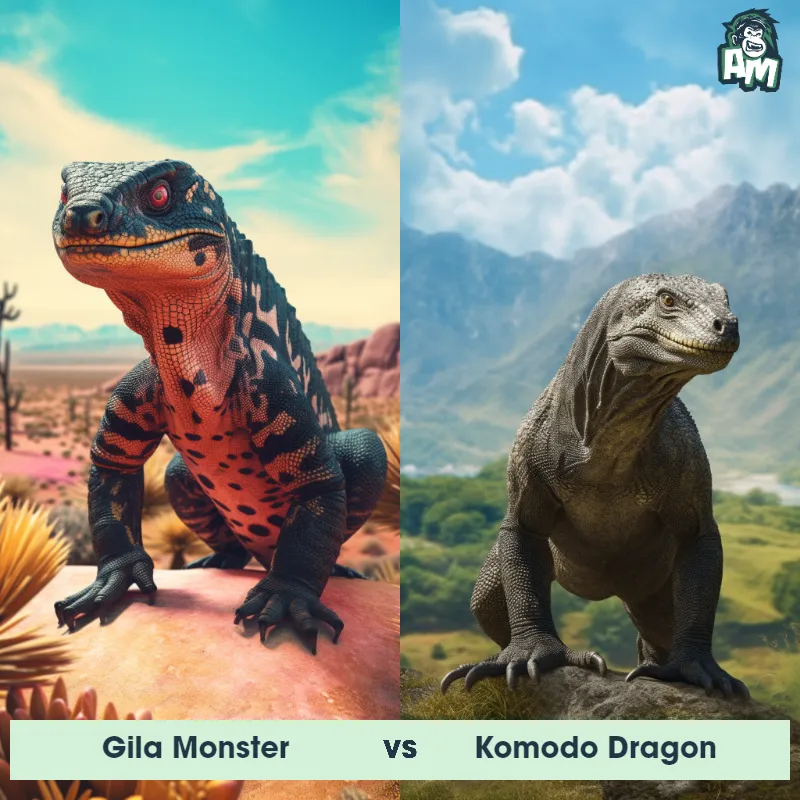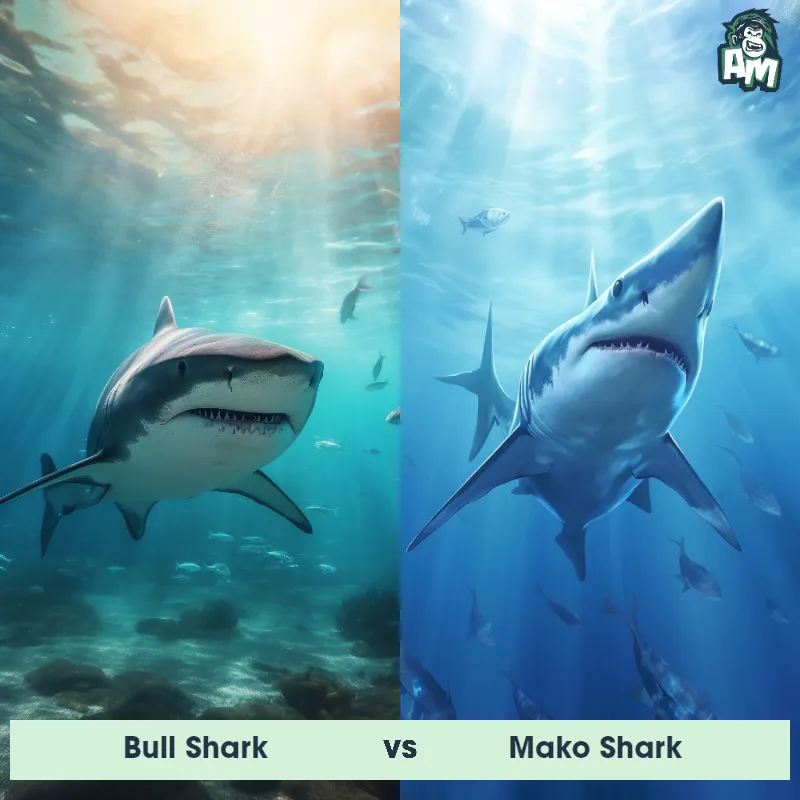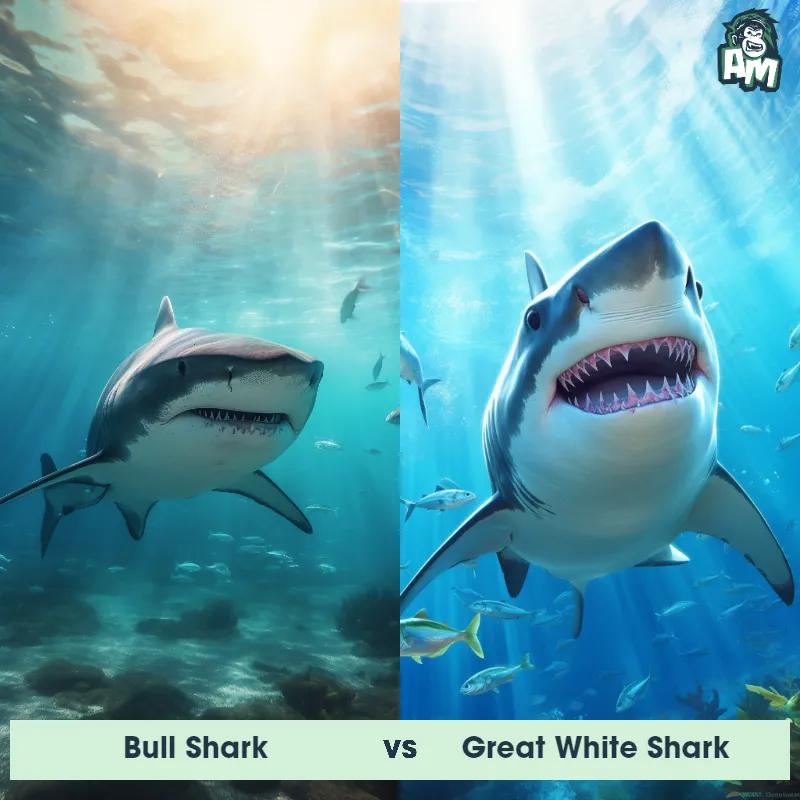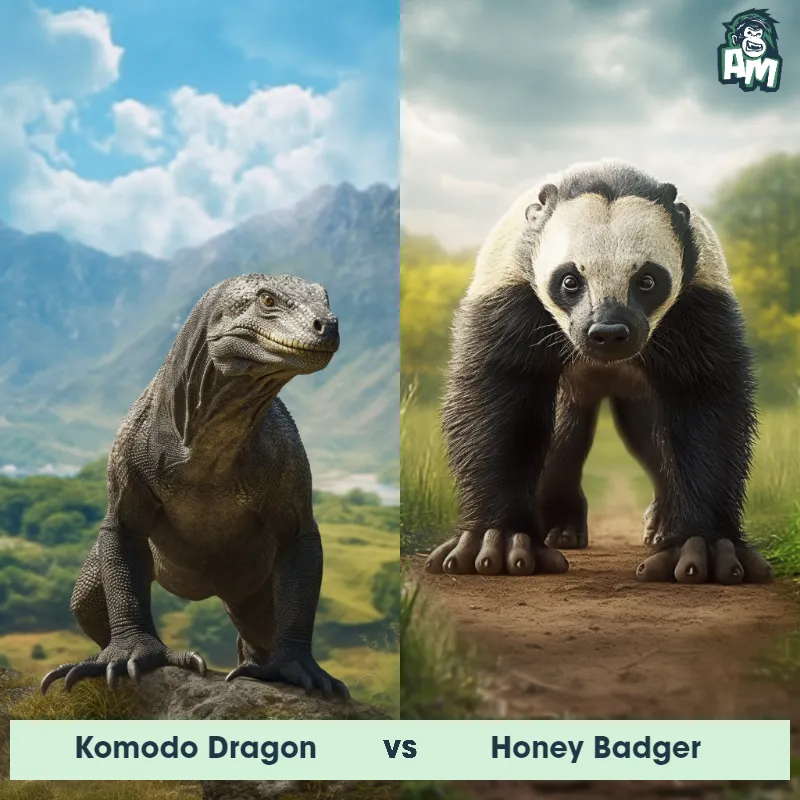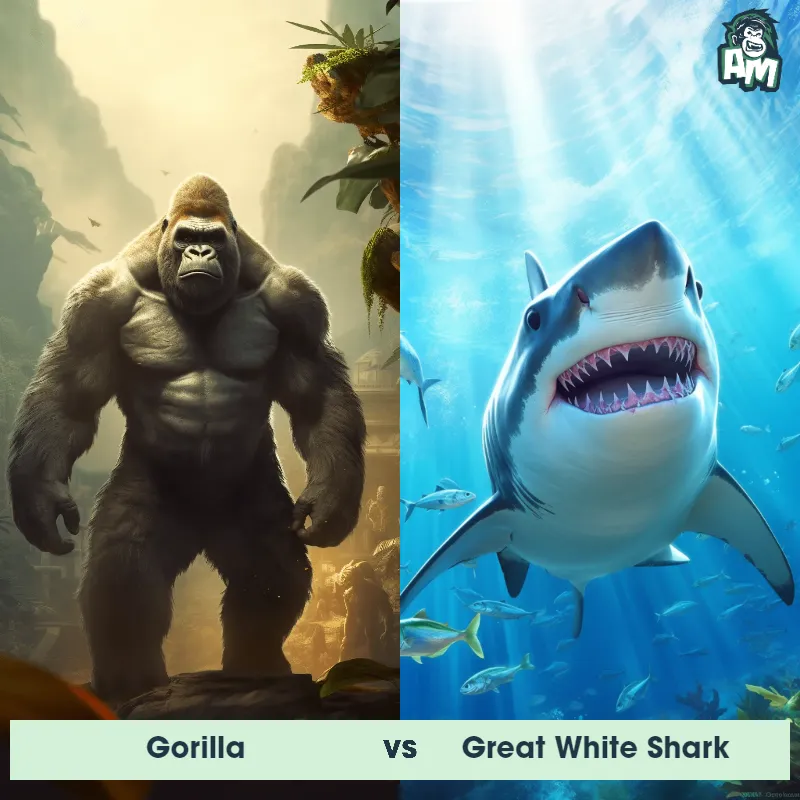Komodo Dragon vs Great White SharkSee Who Wins
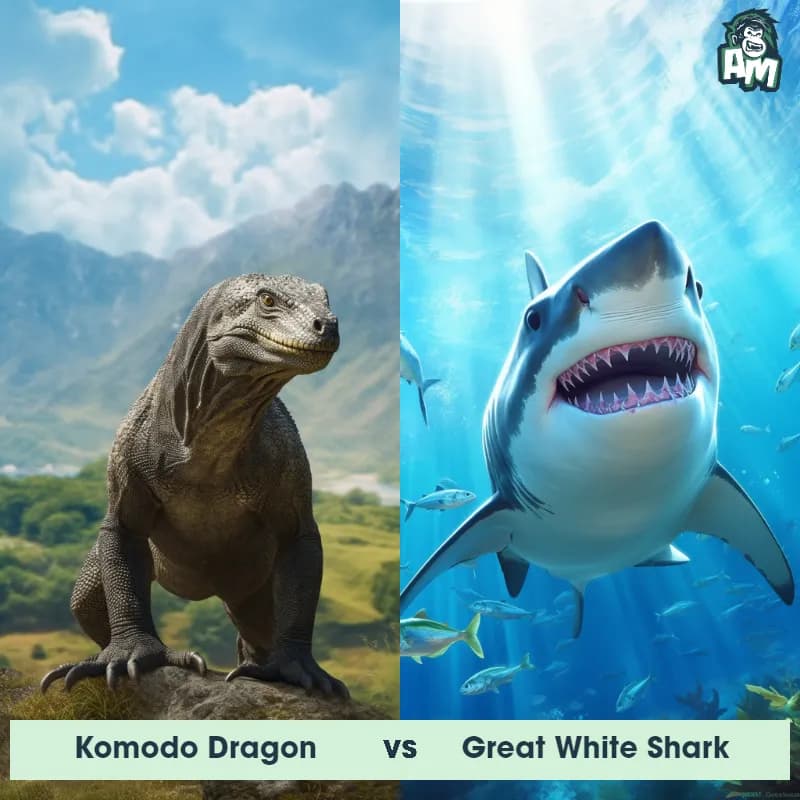
Ladies and gentlemen, welcome to this extraordinary showdown between two of nature's most fearsome predators! In one corner, we have the mighty Komodo Dragon, known for its powerful bites and stealthy maneuvers. And in the other corner, we have the Great White Shark, an apex predator of the ocean, armed with razor-sharp teeth ready to strike. This battle is sure to be a thrilling spectacle filled with raw power and cunning strategies. Let's dive right into the action!
Contender 1: Komodo Dragon
The Komodo Dragon, also known as the Komodo monitor, is a large species of lizard that can grow up to 10 feet long and weigh up to 300 pounds. They have rough, scaly skin, sharp claws, and a long, powerful tail. Their teeth are serrated and can deliver a venomous bite that can cause paralysis and death in their prey. They are native to the Indonesian islands of Komodo, Rinca, Flores, Gili Motang, and Padar.
Fun Fact: Komodo Dragons have a keen sense of smell and can detect carrion from up to 5 miles away.
Contender 2: Great White Shark
The Great White Shark, also known as the white pointer or white death, is a large predatory fish that can grow up to 20 feet in length and weigh over 5,000 pounds. They have a distinctive torpedo-shaped body, grayish-brown skin, and rows of sharp teeth that can number up to 300. Great White Sharks are found in coastal waters all over the world and are known for their powerful jaws and ability to breach the surface of the water.
Fun Fact: Great White Sharks have a unique sense of smell that allows them to detect a single drop of blood in 25 gallons of water, which is equivalent to the size of an Olympic swimming pool.
Matchup Stats
| Komodo Dragon | Great White Shark | |
|---|---|---|
| Size | Up to 10 feet (3 meters) long | Up to 20 feet (6.1 meters) |
| Weight | Up to 300 pounds (136 kilograms) | Over 5,000 pounds (2,268 kilograms) |
| Speed | Speed: 12 mph (19.31 km/hr) | Speed: 25 mph (40 km/hr) |
| Key Strength | Powerful jaws and sharp teeth | Powerful jaws and sharp teeth |
| Biggest Weakness | Slow movement and lack of agility | Vulnerable gills and eyes |
Current Votes
Komodo Dragon vs Great White Shark
See Who Wins
View More Matches
Looking For More?
Similar Matches
Scientific Stats
| Komodo Dragon | Great White Shark | |
|---|---|---|
| Scientific Name | Varanus komodoensis | Carcharodon carcharias |
| Family | Varanidae | Lamnidae |
| Habitat | Terrestrial | Coastal waters |
| Geography | Indonesian islands of Komodo, Rinca, Flores, Gili Motang, and Padar | Worldwide |
| Diet | Carnivorous, primarily eats deer, pigs, and water buffalo | Carnivorous, primarily seals and sea lions |
| Lifespan | 20 years - 30 years | 70 years - 100 years |
Key Differences between Komodo Dragon and Great White Shark
- Coloration: Komodo Dragons exhibit a range of colors including earthy tones such as brown, gray, and greenish-yellow, which helps them blend in with their surroundings on land. In contrast, Great White Sharks have a striking coloration of a dark grayish-blue on their dorsal side, providing effective camouflage from above, and a lighter, white underside, which acts as countershading against predators below.
- Skin texture: The Komodo Dragon's skin is covered in rough and scaly armor-like plates, making it rough to the touch. On the other hand, the Great White Shark has a smooth and rubbery skin that reduces drag in water, helping it maintain its speed while swimming.
- Size: The Komodo Dragon is a significantly larger reptile, measuring up to 10 feet in length and weighing up to 300 pounds, while the Great White Shark is a much larger marine predator, reaching lengths of up to 20 feet and weighing up to 5,000 pounds.
- Body shape: The Komodo Dragon has a robust and elongated body with short legs, a long tail, and a thick neck, allowing it to move swiftly on land. In contrast, the Great White Shark possesses a streamlined torpedo-shaped body built for efficient swimming, featuring a large dorsal fin, a short, rounded snout, and powerful caudal (tail) fin.
- Tail shape: The Komodo Dragon's tail is relatively long, robust, and muscular, enabling it to balance while climbing trees and providing agility during terrestrial movements. In contrast, the Great White Shark's tail is crescent-shaped and horizontally oriented, delivering powerful lateral thrusts for rapid and agile underwater maneuvers.
- Teeth structure: Komodo Dragons have sharp, serrated teeth designed for gripping and tearing apart their prey before consuming it, while the Great White Shark possesses rows of triangular, serrated teeth tailor-made for gripping and slicing through the flesh of marine animals.



